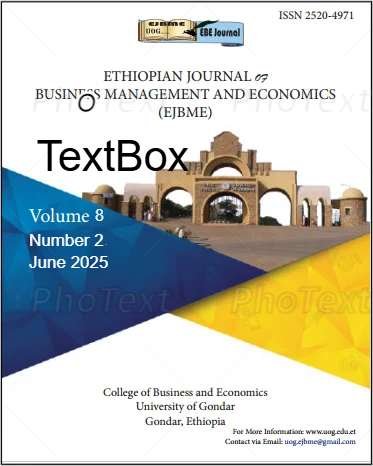Remittance Receiving Status, Determinants and its Usage: Evidence from Rural Households in Tigray, Northern Ethiopia
Abstract
This study examines the determinants of remittance receipt and its utilization among rural agricultural households in Tigray, Ethiopia. Using a cross-sectional survey of 521 randomly selected households across six Tabias in three Weredas, the study employs logistic regression, Multivariate Linear Regression and descriptive statistics to analyze remittance status, determinants, patterns and usage. Findings reveal that 71.5% of households receive remittances. Key determinants include the number of dependents and household literacy status, while asset ownership shows no significant impact. The study aligns with the New Economics of Labor Migration (NELM) theory, suggesting migration as a risk diversification strategy. However, remittances are predominantly used for consumption, 69.8% of remittances spent on daily needs, only 4.6% for livestock; 10.3% for labor hiring, underscoring the need for policies to enhance their developmental impact such train households to invest remittances.
Downloads
Published
Issue
Section
License
Copyright (c) 2025 Assefa Tsegay Tensay

This work is licensed under a Creative Commons Attribution-NonCommercial 4.0 International License.

